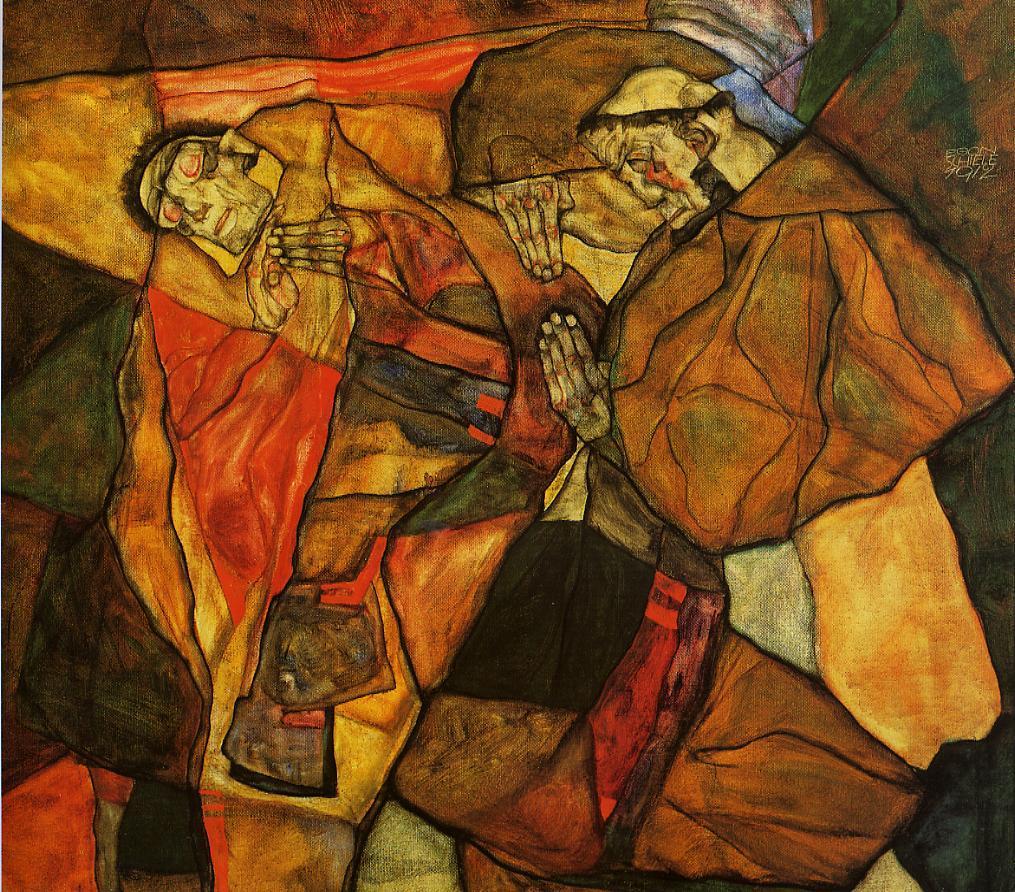Head VI, produced in 1949, is regarded as one of Bacon’s most significant works. It is a figurative painting that blends elements of Surrealism, creating an ambiguous and haunting image of a seated human figure in a room. The figure’s distorted face and body reflect Bacon’s obsession with psychological trauma and the disfigured human experience.
Furthermore, some motifs from Head VI reappear later in Bacon’s work. These include his use of spatial distortion to create an oppressive ambience that reflects the existential angst prevalent in postwar art. Additionally, the painting seems to reference Velázquez’s Portrait of Innocent X by depicting a religious or political figure placed within an isolated space.
Currently exhibiting at Hull’s Ferens Art Gallery, Head VI continues to influence contemporary artists’ work worldwide. Undoubtedly, it embodies Bacon’s signature style – shocking viewers with wounded and traumatized humanity whose existence hangs on philosophical grounds independent from time limits and other physical constraints. The motif borrowed from Sergei Eisenstein’s film Battleship Potemkin adds another layer of complexity to the theme: violence throughout history transcends ideological principles that spawn it.
In summary, Francis Bacon’s “Head VI” is not just any portrait but rather an embodiment of dystopian era anxieties resulting from World War II atrocities. Its blend of realism with abstraction has contributed significantly to post-war figurative art through its unique representation indescribable yet recognizable by many who look to find themselves through extrapolation existing beyond its borders into real life horrors experienced by individuals daily worldwide.


















